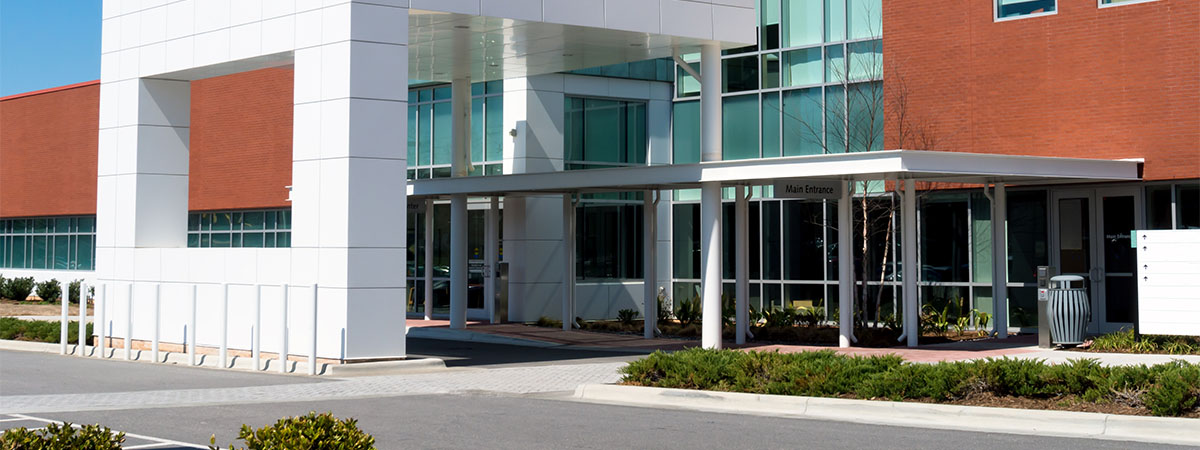Public Health Researchers Develop Novel Method for Reducing the Risk of Waterborne Disease Cases in Healthcare Settings

A new method developed by public health researchers to guide building owners through the water quality commissioning process in order to meet established safe water management program standards promises better water quality results for healthcare facilities and community buildings.
Tucson, Arizona–December 13, 2023 — A novel method for commissioning water systems in healthcare facility buildings was published as the cover article featured in the academic journal Buildings entitled: Building Water Quality Commissioning in Healthcare Settings: Reducing Legionella and Water Contaminants utilizing a Construction Scheduling Method. Drs. Molly M. Scanlon, principal investigator, and Kelly A. Reynolds, are co-authors and environmental health researchers who focus on water quality and safety at the Environment, Exposure Science & Risk Assessment Center (ESRAC), in the Mel and Enid Zuckerman College of Public Health (MEZCOPH), at the University of Arizona. Their collaboration led to the development of a new building water quality commissioning (BWQC) method to assist building owners with compliance for establishing a water management program (WMP) that is inclusive of construction and commissioning activities.
Water management programs are required by local, state, or federal authorities that have jurisdiction over healthcare facilities, for example hospitals and skilled nursing residences, or over community buildings such as schools, universities, or hotels. Beyond healthcare, the same BWQC method could be used in preparation for emergency or disaster related events involving building water system disruptions. For example, this challenge emerged during the COVID-19 pandemic when widespread stay-at-home orders frequently disrupted large scale building water system operations.

This is the future of safe, secure water management programs for healthcare facilities and more.
Dr. Molly M. Scanlon

The approach developed by Scanlon and Reynolds guides greater collaboration with building owners during the WMP planning, design, construction, and commissioning stages of work, as well as planning for emergency and disaster response.
“The Building Water Quality Commissioning method benefits building managers in many ways,” said Scanlon, “It facilitates team communication using safety risk assessments, pre-construction checklists, and project scheduling techniques that are simple, clear, and adaptable to the specific conditions of a building owner’s project. This is the future of safe, secure water management programs for healthcare facilities and more.”
The BWQC method can assist building owners and managers to
- evaluate impacts to patient care and building operations
- navigate utility system shut downs
- avoid premature growth and spread of Legionella and other waterborne pathogens
- reduce the risk of emerging disease cases and deaths from building water systems related to construction activities or water disruptive events.
The collaboration between Reynolds and Scanlon grew from their partnership to create the Preventing Legionnaires’ Disease Training Course for the Centers for Disease Control and Prevention (CDC) which is currently offered online through the Western Region Public Health Training Center (WRPHTC) in association with the UArizona. Dr. Reynolds, a Professor, Director of ESRAC, Director of WRPHTC, and the Chair of the Department of Community, Environment, and Policy, has 30+ years of experience as an academic researcher and public health educator in environmental science, specializing in water quality and disease transmission. Dr. Scanlon, a UArizona Research Associate, is an environmental health scientist and a licensed and certified healthcare architect with 35+ years of experience in developing safe building environments for patients, clinicians, and staff. Over the course of her career Scanlon, a fellow in the American Institute of Architects and fellow in the American College of Healthcare Architects, has worked with over 50 leading US healthcare organizations.
“I’m very proud of our alumna Dr. Scanlon and our professor Dr. Reynolds. Their work together shows the impact that we can have when we put our public health research and knowledge into practice,” said Iman Hakim, MD, PhD, MPH, Dean of the Zuckerman College of Public Health, “safe and dependable water management programs protect health and save lives. This is public health in action.”

